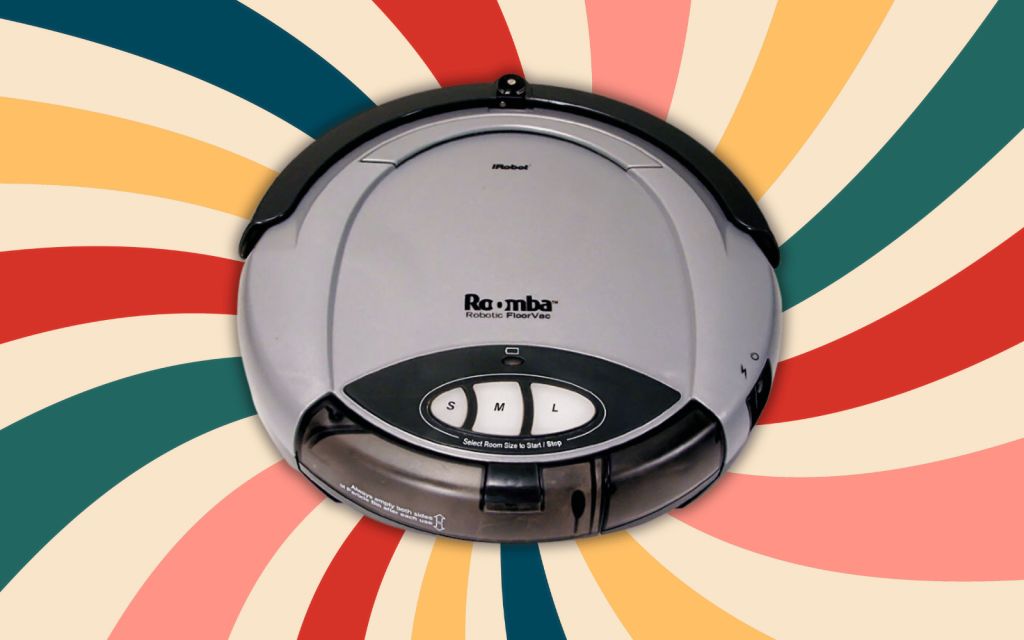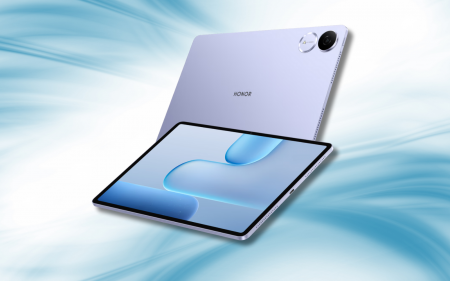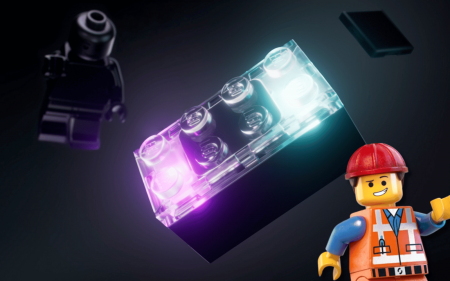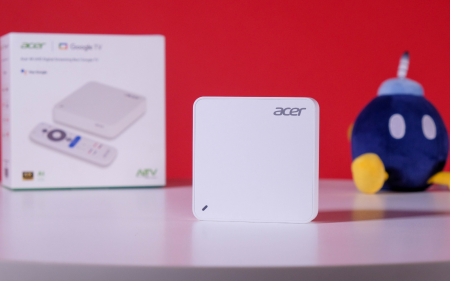Oh yes, the Roomba – when robots finally did our bidding, just like sci-fi predicted!
Well, it wasn’t quite like in the films. The excellently named iRobot company did manage in a small way to “make it possible for housekeeping to be something you do by choice”. But its Roomba wasn’t a humanoid robot cleaner. It looked more like a squashed Dalek (unable to traverse stairs, or even a thick rug) crossed with a dying fly. Rather than mapping out a room, it spiralled out until it hit something, cleaned along the edges, and repeated that dance until the battery ran dry.
Still, better than having to do it yourself. But if it was so basic, how did it clean up?
It was cheap. For a couple of hundred bucks, you got a dinky robot that would effectively clean your floor – so long as it didn’t eat a toy, get stuck on a cable or find something horrible, wet and sticky to smear everywhere while it pirouetted about. But also, iRobot iterated at speed. Each Roomba generation brought new features, such as scheduling, return-to-base for recharging, self-emptying, Wi-Fi, and onboard mapping for more efficient cleaning. Naturally, the price shot up if you wanted those extra tricks.
If only a tech giant would swoop in and give us all those lovely features for less…
Is that you, Jeff Bezos? But yes, that’s where things might head. Just as the Roomba turned 20, iRobot was eaten by Amazon. Now, while Alexa listens and Blink watches, the Roomba will join the Astro robot in mapping out your home and feeding Amazon lots of data it totally won’t do anything dodgy with. Mind you, when your Roomba spots old shoes you left lying around and Amazon suddenly starts recommending replacements, your Roomba might quickly shift from collecting trash to being the next thing you decide to throw out.




